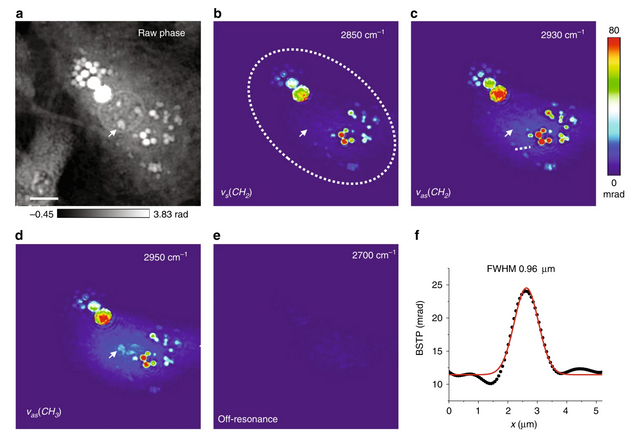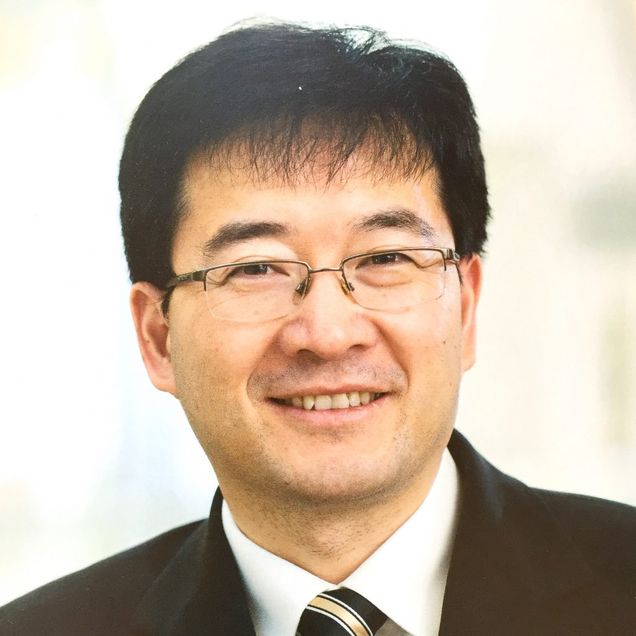New Infrared Technology Development by Cheng and his Partners Could Change the Future of Pathology
 New Infrared Technology Development by Cheng and Partners Could Change the Future of Pathology
New Infrared Technology Development by Cheng and Partners Could Change the Future of Pathology
By: Meg McGrath
The definition of disease is, “a disorder of structure or function in a human that produces specific signs or symptoms that affects a specific location.” To fully understand and precisely treat diseases, there’s an innate need to understand the symptoms on a molecular level.
To detect molecules, tissues usually have to be spliced, killed, and stained. With phase-contrast microscopy, variations are translated within a transparent specimen into light intensity changes. Thus, tissues can be examined in a stain-free manner to mimic their natural environment with a human body.
When leveraging phase-contrast microscopy, one can see how the cell morphology changes in a disease, but cannot tell which molecule is affected. Now, in a paper published by Light Science & Applications on December 11, 2019, Cheng and research partners reported their first attempt at fixing this issue.
The authors have developed a new platform termed bond-selective transient phase imaging. This approach uses mid-infrared laser light to incite molecular vibration. The speed at which photons travel through a sample depends on density. Infrared light heats up and expands the sample, which decreases density and allows photons to travel more quickly. This creates a molecule-specific phase contrast.

Why is this important? Because infrared light excitation determines which chemical is seen at any given location and time. Now phase contrast can be used for precise diagnosis of human diseases on a molecular level.
To give some insight into the importance of understanding exactly which molecules change, protein buildup between neurons is a major symptom of Alzheimer’s Disease. Molecule-specific phase imaging opens exciting opportunities to explore how other biomolecules are involved in such protein buildup.
Professor Cheng is on the forefront of label-free optical microscopy and photonics for infectious diseases. Cheng has authored over 230 peer-reviewed articles and he bodes an h-index of 75 (Google Scholar). Aside from his work as a BU professor and scholar, Cheng is the co-founder, president, and CSO of Vibronix Inc, a company dedicated to saving lives through medical device innovations.